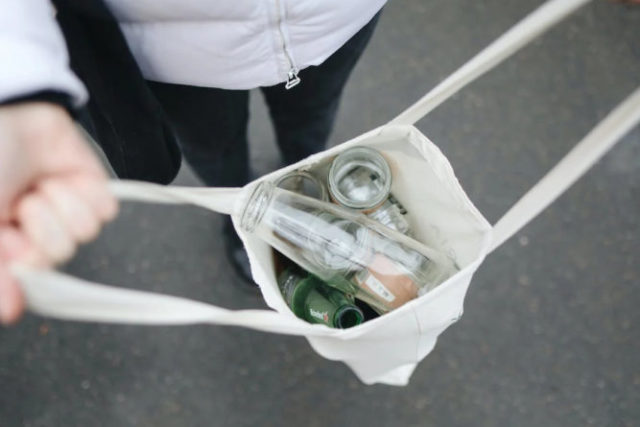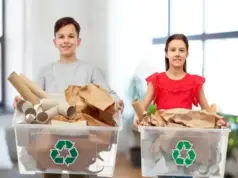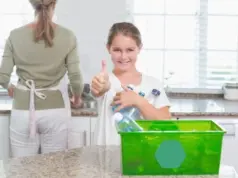In order to ease their correct disposal and recycling, waste segregation is the act of separating various types of waste materials at the source. For a number of reasons, including environmental protection, resource-saving, and lessening the burden on landfills, implementing waste segregation practises at home is essential. In this article, we’ll go through the benefits of trash segregation and offer some pointers on how to do it correctly.
Why is it important to separate waste?
- Environmental Protection: By decreasing pollution and the discharge of hazardous compounds into the air, water, and soil, proper waste segregation helps safeguard the environment. It ensures that hazardous materials are disposed of securely and properly by preventing them from being mixed with ordinary garbage.
- Conservation of materials: Waste segregation enables the recovery and recycling of priceless materials. Recycling old materials like paper, plastic, glass, and metal allows for the production of new goods while preserving natural resources and obviating the need for extraction and manufacturing procedures that worsen the environment.
- Landfill Reduction: Non-segregated waste frequently finds its way into landfills, which have a finite amount of space. We can greatly reduce the quantity of waste that ends up in landfills, extending its lifespan and lowering the risks to the environment and public health that come with this by separating recyclable materials from organic waste and non-recyclable waste.
How to separate garbage at home:
- Install a mechanism for segregating waste: various waste types should be placed in various bins or containers. Recyclables, organics, and non-recyclables are the three basic categories that are frequently utilised. To prevent confusion, clearly label each bin.
- Recyclables: Materials including paper, cardboard, plastic bottles, glass jars and metal cans fall under this category. Before putting these things in the recycle container, rinse and dry them. It’s crucial to check your community’s recycling regulations to be sure you’re recycling things that are permitted there.
- Organics: Biodegradable garbage includes things like food scraps, vegetable peels, coffee grounds and yard waste. Organic waste can be effectively managed through composting. Create a compost pile or bin in your backyard, or if you’re short on room, think about utilising a composting machine.
- Non-recyclables: This group consists of things like plastic bags, soiled paper products, diapers, and feminine hygiene items that cannot be recycled or composted. Put these in the proper non-recyclable rubbish container.
- Hazardous Waste: Materials that pose a risk, such as batteries, paints, chemicals, and electronics, must be handled carefully. For proper disposal choices, including drop-off locations or collection activities just for hazardous waste, check your local regulations.
- Education and Awareness: Explain the value of trash segregation to your family members and provide them with step-by-step guidance on how to do it correctly. Make it a habit in your home and encourage them to participate.
- Reduce and Reuse: Keep in mind that waste management encompasses more than just waste segregation. Set trash reduction and reuse as your top priorities to further reduce your environmental effect. Avoid single-use things, choose reusable substitutes, and donate or reuse any still-useful items.
Conclusion
In conclusion, trash separation at home is crucial for preserving the environment, preserving natural resources, and reducing landfill usage. You may help create a cleaner, more sustainable future by adhering to the above-mentioned rules and making trash segregation a habit. Together, we can significantly improve trash management by starting small and involving our families.










































